The Brick Wreck is one of many wreck sites within Dry Tortugas National Park. These islands, shoals, and reefs have been the scene of nearly 300 shipwrecks. The proximity of these reefs to the nearby shipping lanes of the Gulf of Mexico has made them a natural “ship trap.”
There is no specific information on the circumstances surrounding the wreck. All that is known is that the grounding and loss occurred sometime between 1857, the first date that the firebricks found on the wreck were manufactured, and 1861, the last date that the yellow construction bricks were produced for the Federal government. There were at least two types of brick found on the wreck. Unmarked yellow bricks matching those used in the construction of the major parts of Fort Jefferson were found, along with refractory bricks used to line the ship's firebox. The refractory bricks are dated and have "Evens, Howard St. Louis" markings, indicating that the ship could not have sunk before 1857.
Remains indicate that it was a screw-driven, narrow-beamed, shallow-draft, flat-bottom steamboat of composite construction. The vessel had a large, six-foot, four-bladed wrought iron propeller with flared blade tips. The ship was driven onto Bird Key Bank with the engine running, whether by accident or intentionally. The bow struck the bank and "accordioned," breaking the ship into two separate pieces. After settling onto the bank, the ship was salvaged, with removal of the engine and most of the ship's machinery. Further scattering of materials resulted from storms and hurricanes.
Today, marine life is in abundance around Bird Key wreck. The paddle-like propeller and other remains provide a habitat for lobster, coral, and reef fish. This site is best explored by snorkeling in the shallow, 4-6 feet deep waters on Bird Key Bank. The wreckage and its associated coral are fragile. All shipwrecks, artifacts, and coral are protected within the park, please do not take or touch!
There is no specific information on the circumstances surrounding the wreck. All that is known is that the grounding and loss occurred sometime between 1857, the first date that the firebricks found on the wreck were manufactured, and 1861, the last date that the yellow construction bricks were produced for the Federal government. There were at least two types of brick found on the wreck. Unmarked yellow bricks matching those used in the construction of the major parts of Fort Jefferson were found, along with refractory bricks used to line the ship's firebox. The refractory bricks are dated and have "Evens, Howard St. Louis" markings, indicating that the ship could not have sunk before 1857.
Remains indicate that it was a screw-driven, narrow-beamed, shallow-draft, flat-bottom steamboat of composite construction. The vessel had a large, six-foot, four-bladed wrought iron propeller with flared blade tips. The ship was driven onto Bird Key Bank with the engine running, whether by accident or intentionally. The bow struck the bank and "accordioned," breaking the ship into two separate pieces. After settling onto the bank, the ship was salvaged, with removal of the engine and most of the ship's machinery. Further scattering of materials resulted from storms and hurricanes.
Today, marine life is in abundance around Bird Key wreck. The paddle-like propeller and other remains provide a habitat for lobster, coral, and reef fish. This site is best explored by snorkeling in the shallow, 4-6 feet deep waters on Bird Key Bank. The wreckage and its associated coral are fragile. All shipwrecks, artifacts, and coral are protected within the park, please do not take or touch!
Is there something we missed for this itinerary?
Itineraries across USA
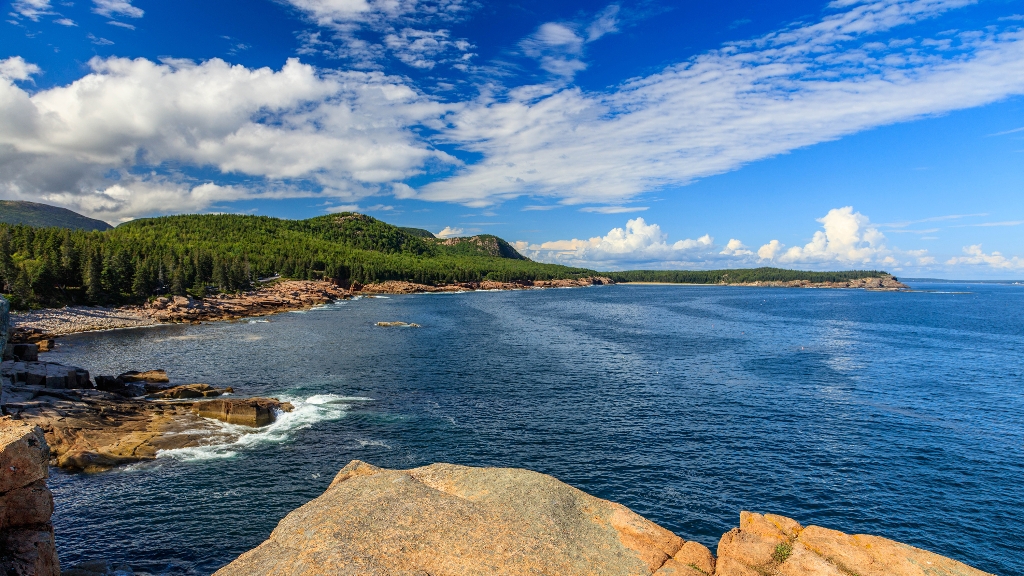
Acadia
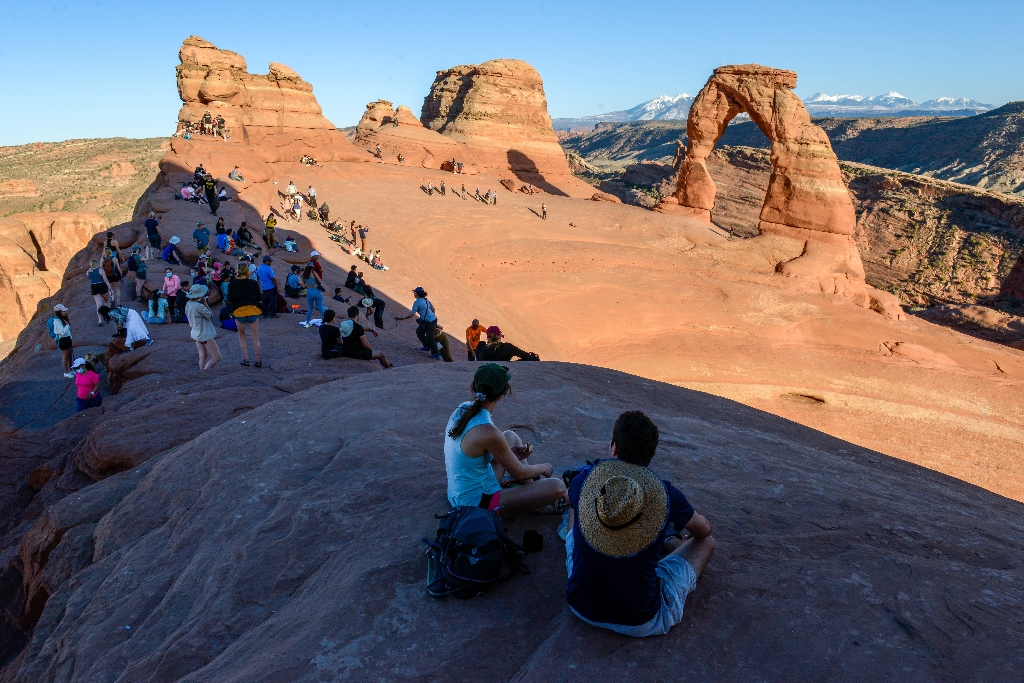
Arches National Park

Badlands
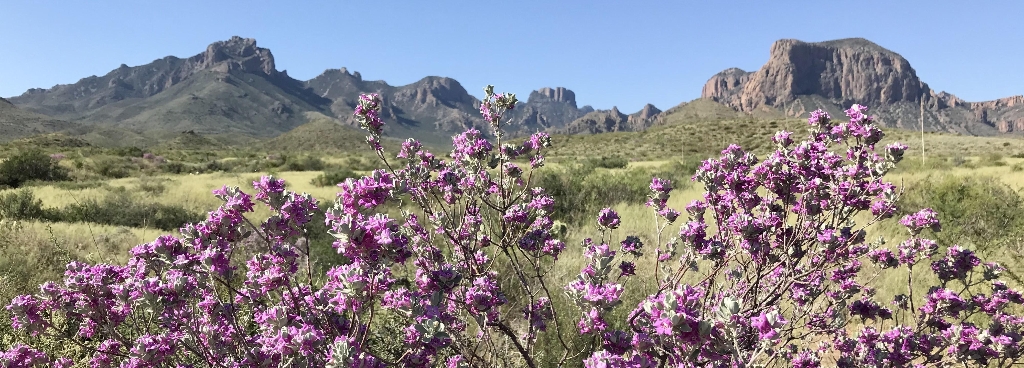
Big Bend
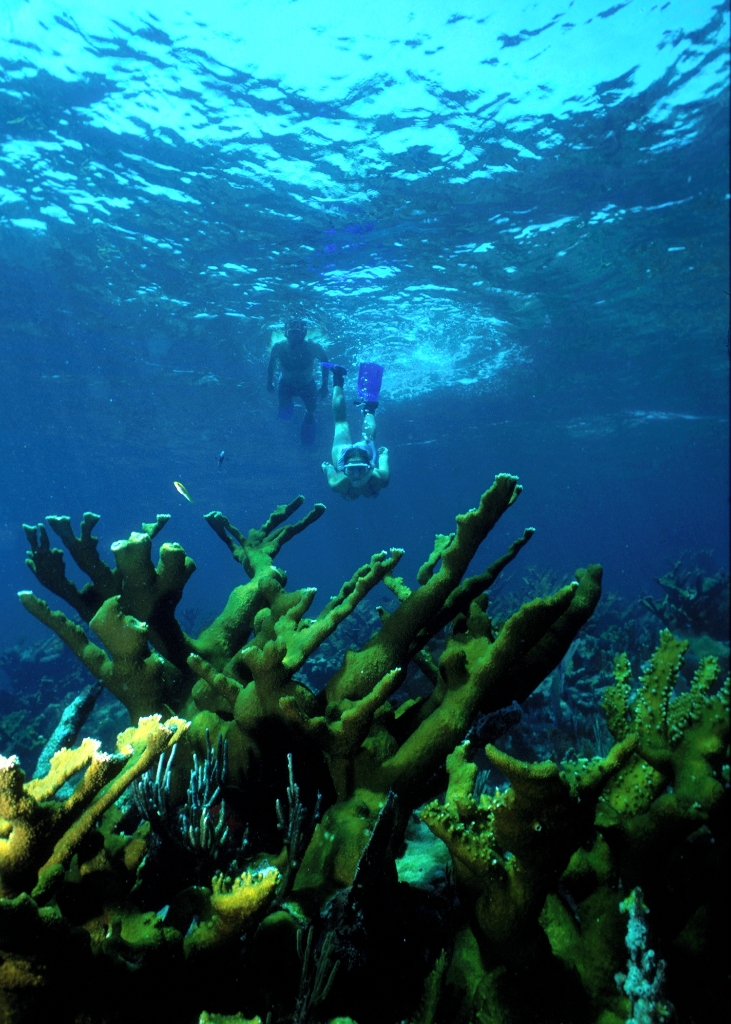
Biscayne

Black Canyon Of The Gunnison
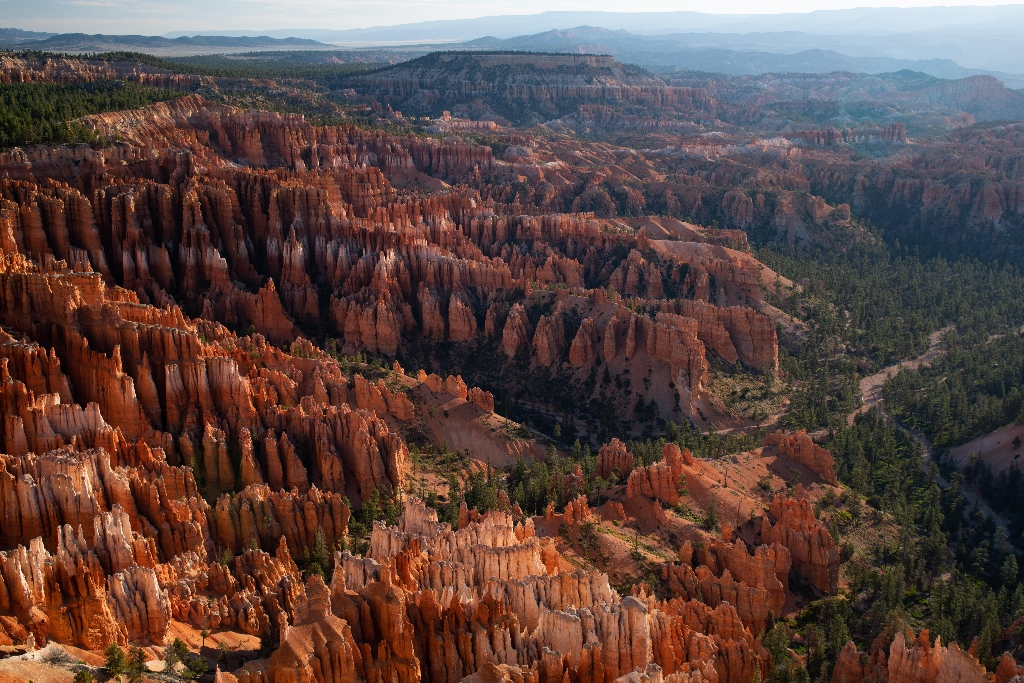
Bryce Canyon
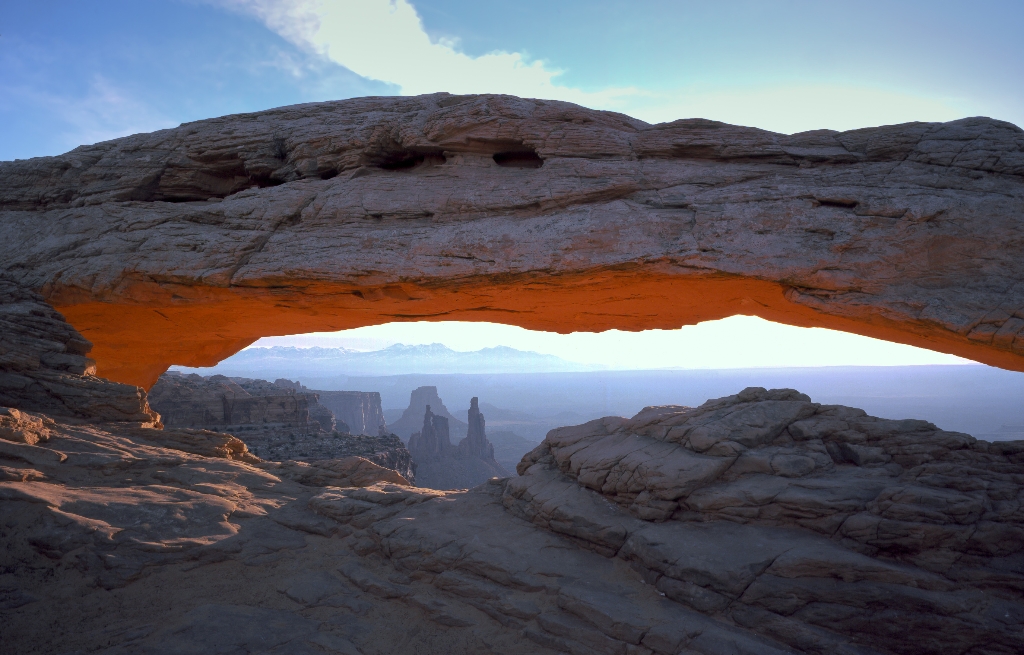
Canyonlands
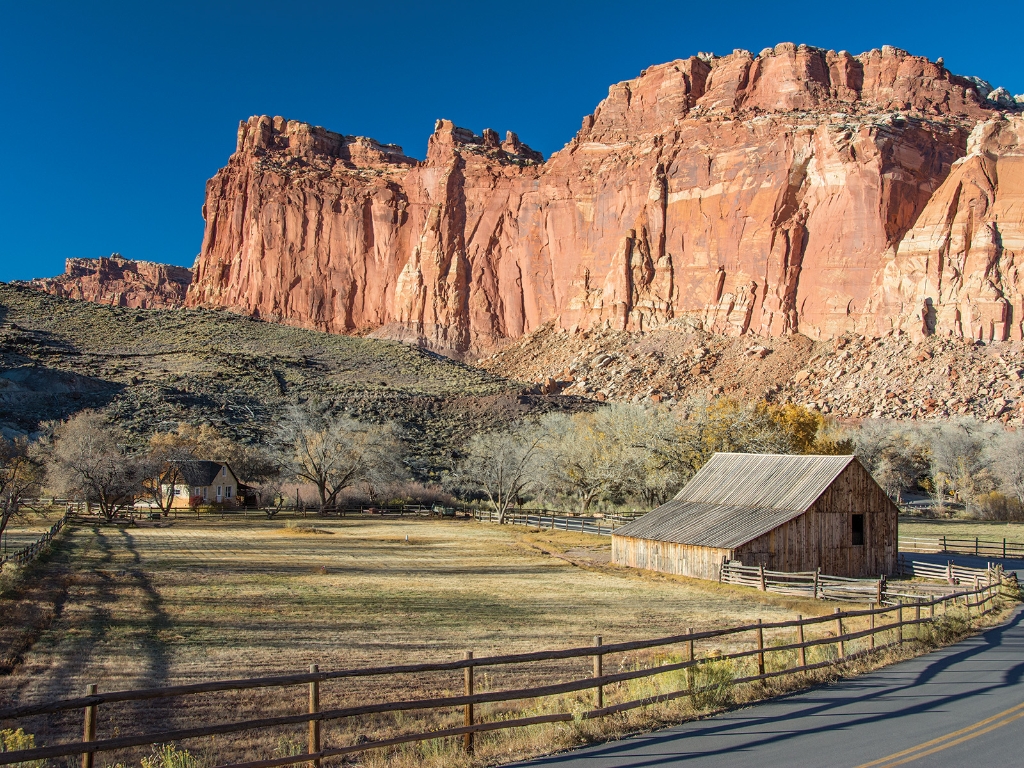
Capitol Reef
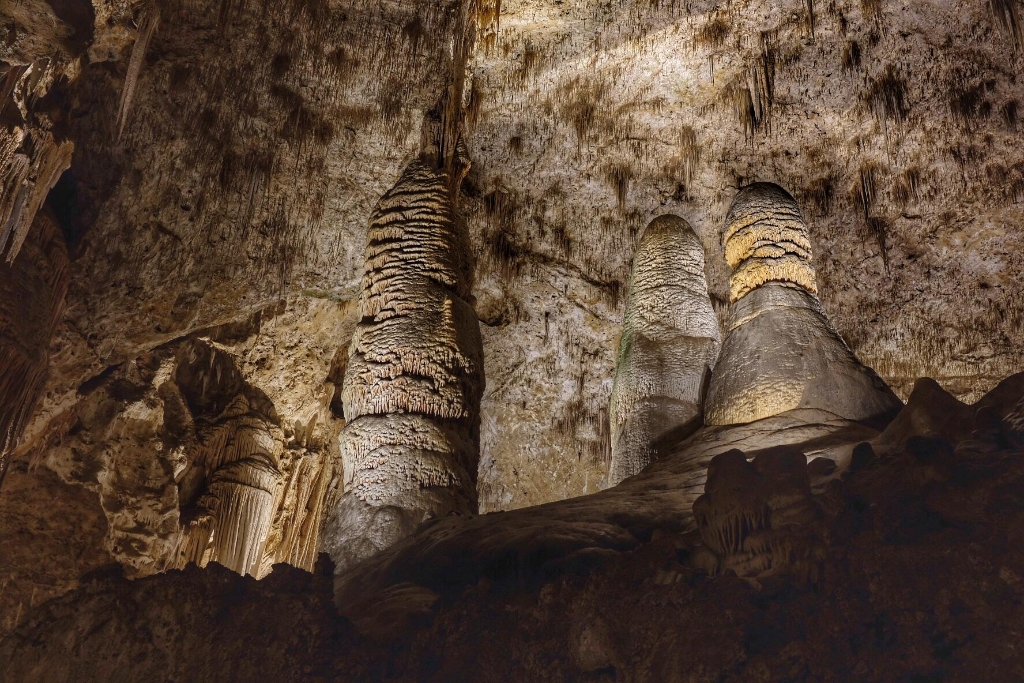
Carlsbad Caverns
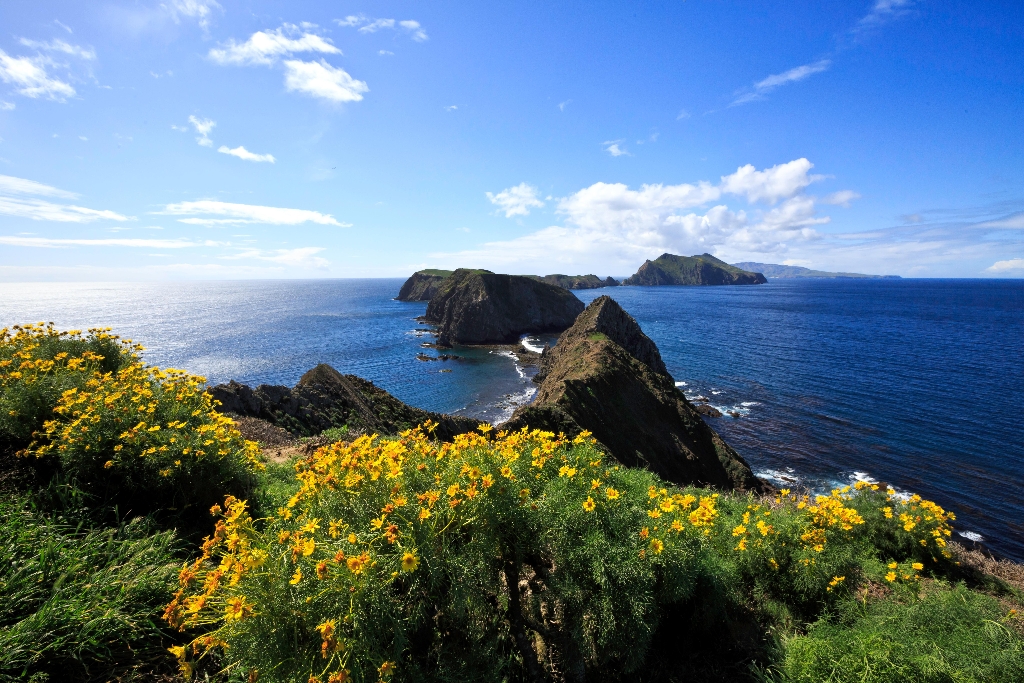
Channel Islands
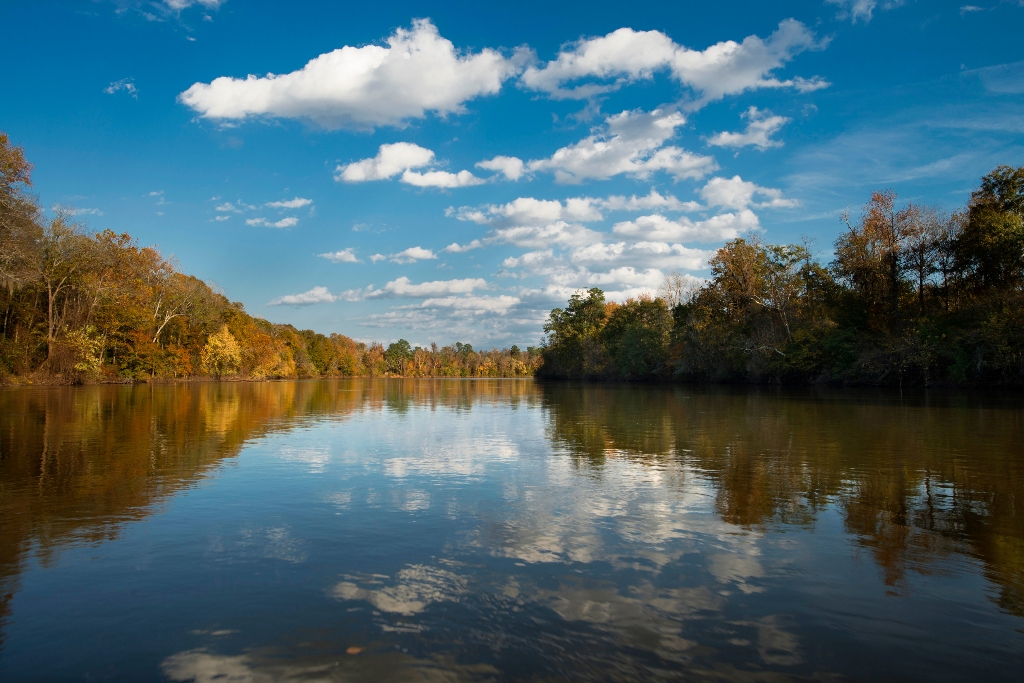
Congaree
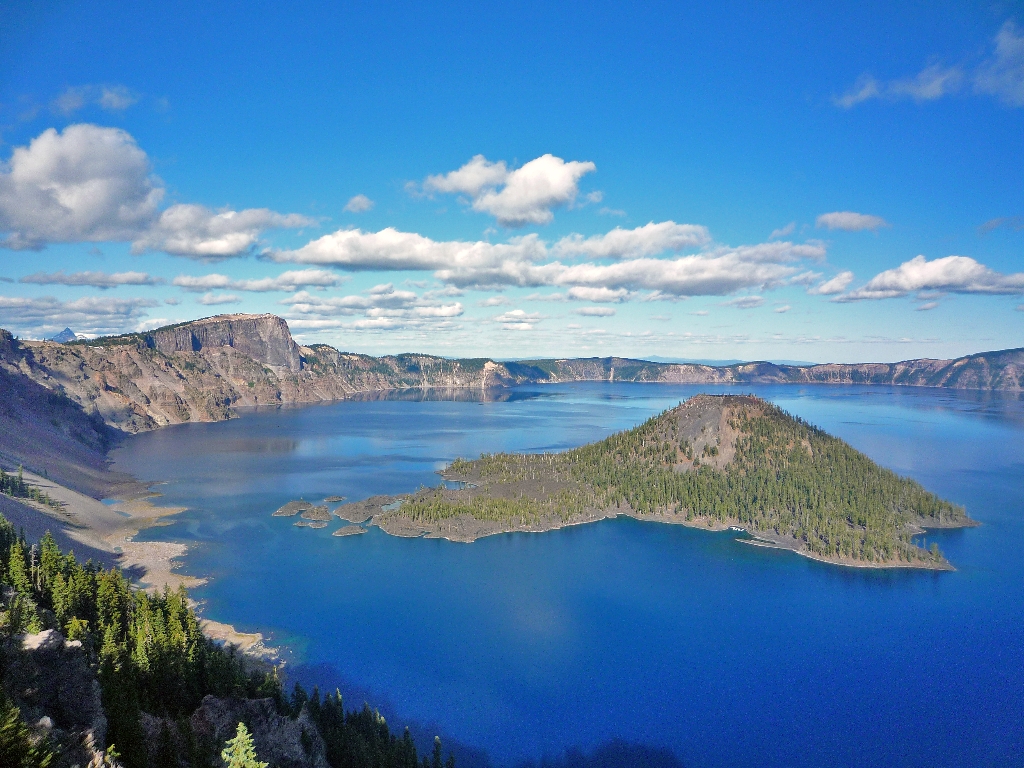
Crater Lake
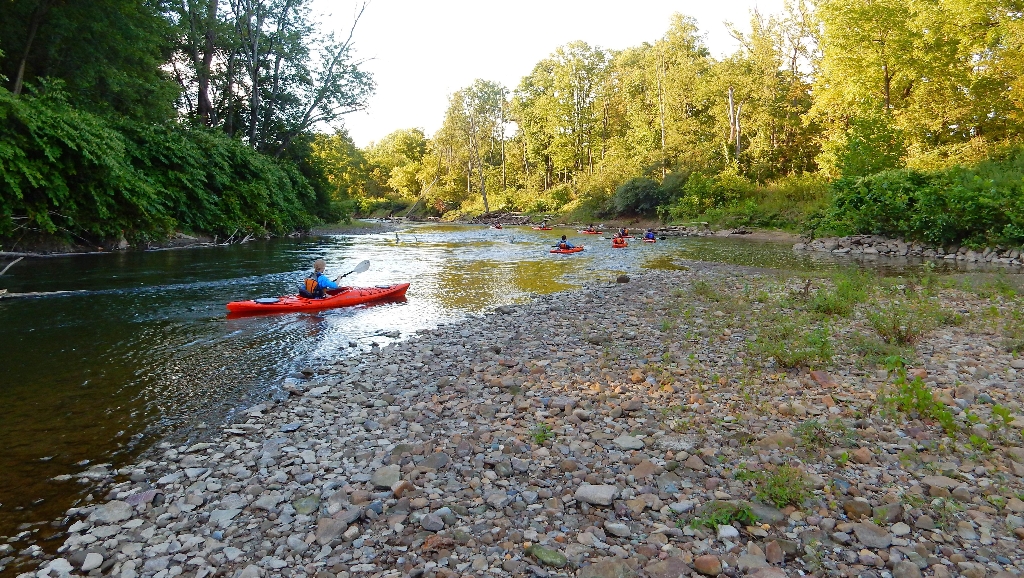
Cuyahoga Valley

Death Valley
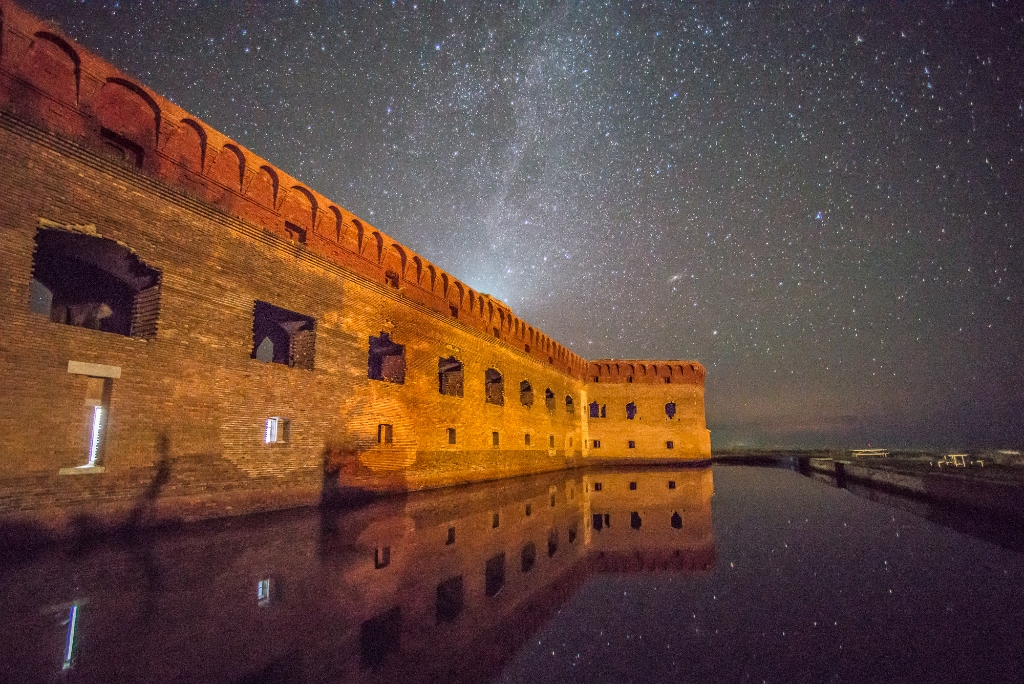
Dry Tortugas
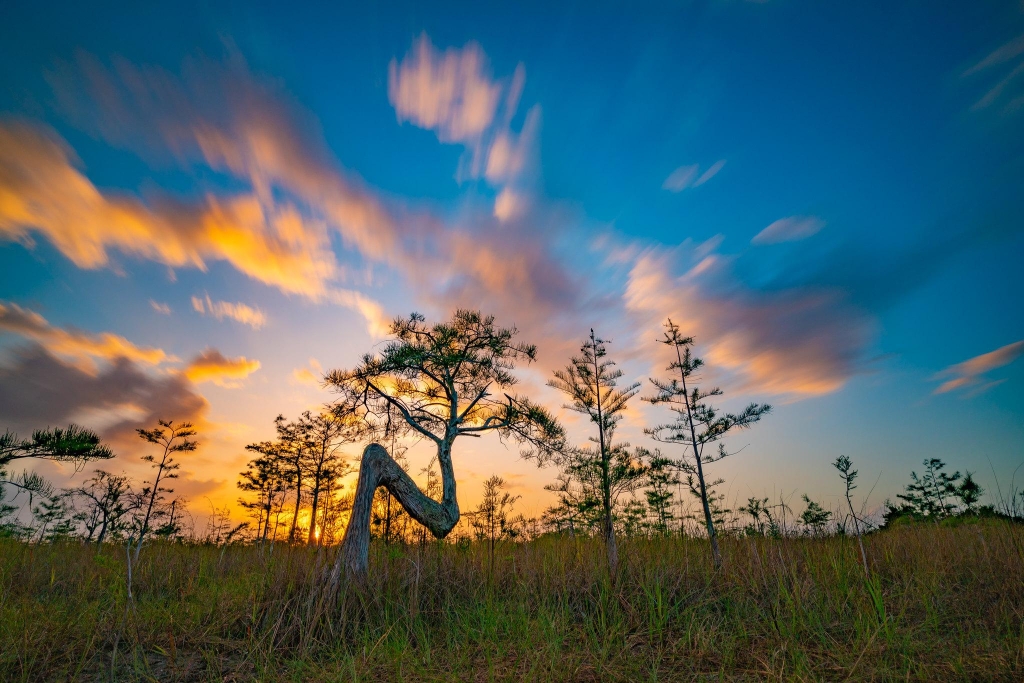
Everglades

Gateway Arch
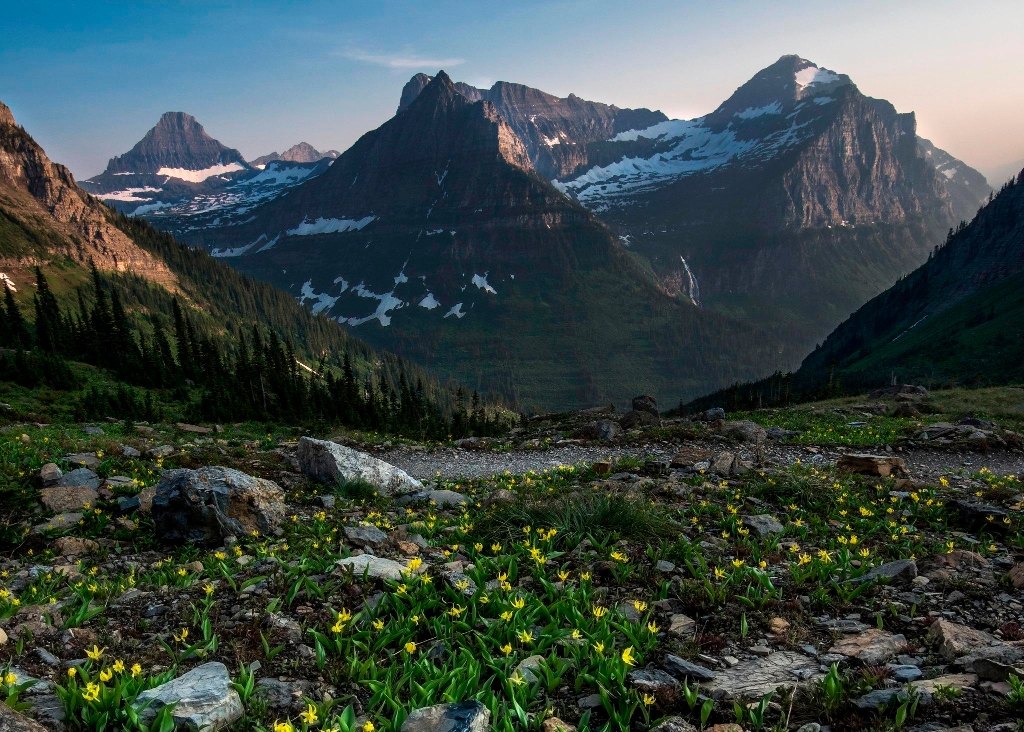
Glacier
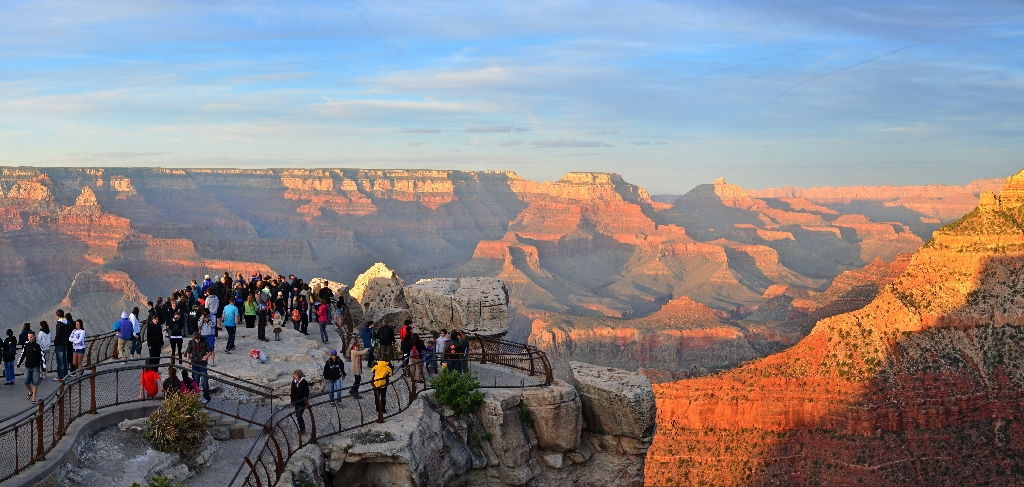
Grand Canyon

Grand Teton
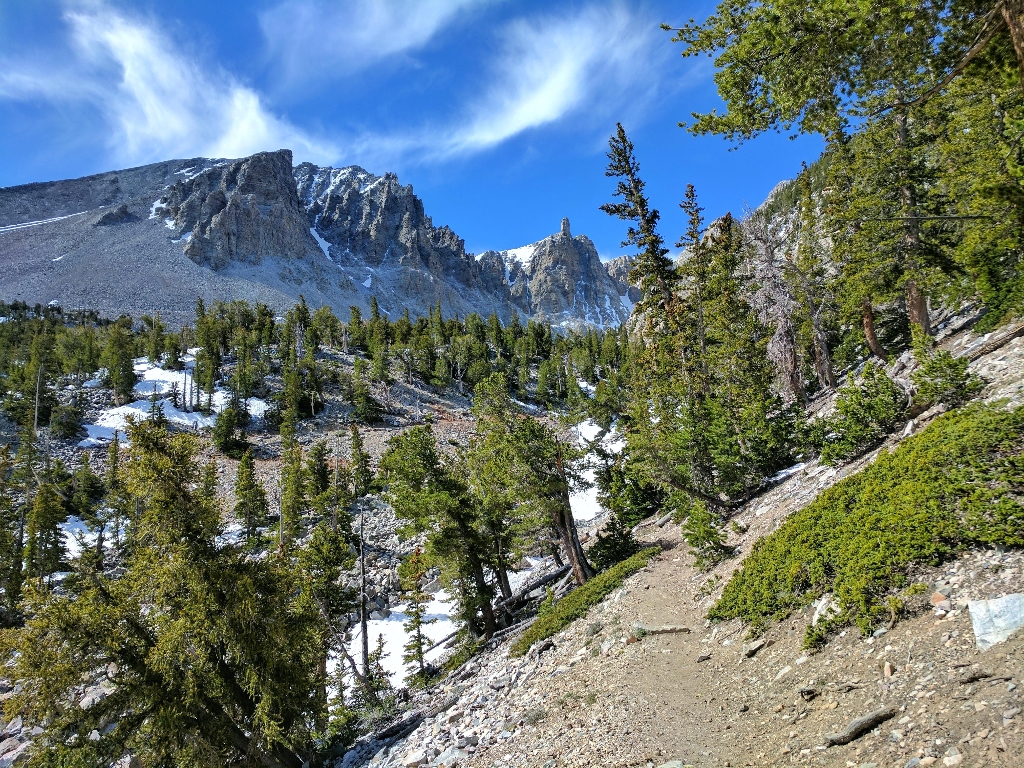
Great Basin
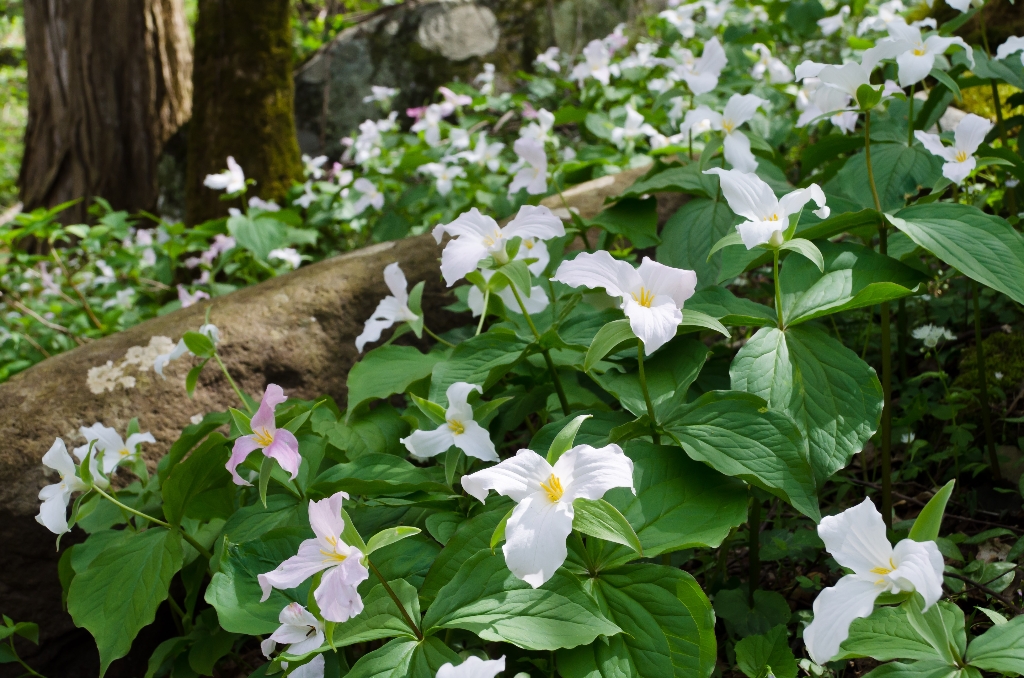
Great Smoky Mountains
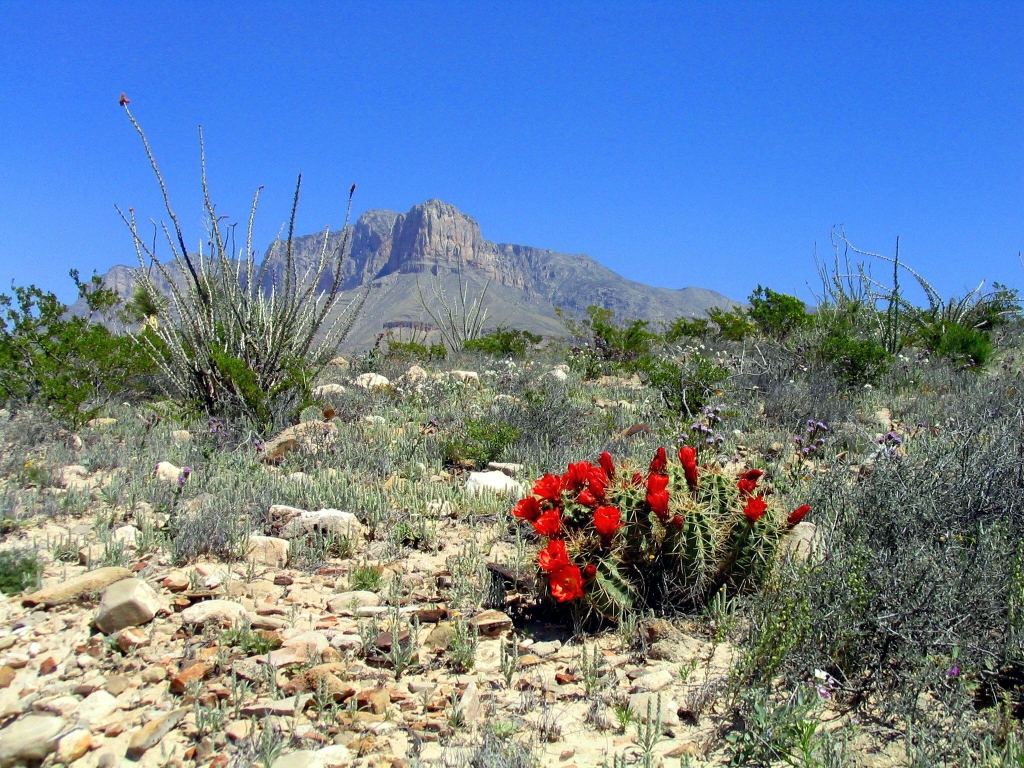
Guadalupe Mountains

Haleakalā
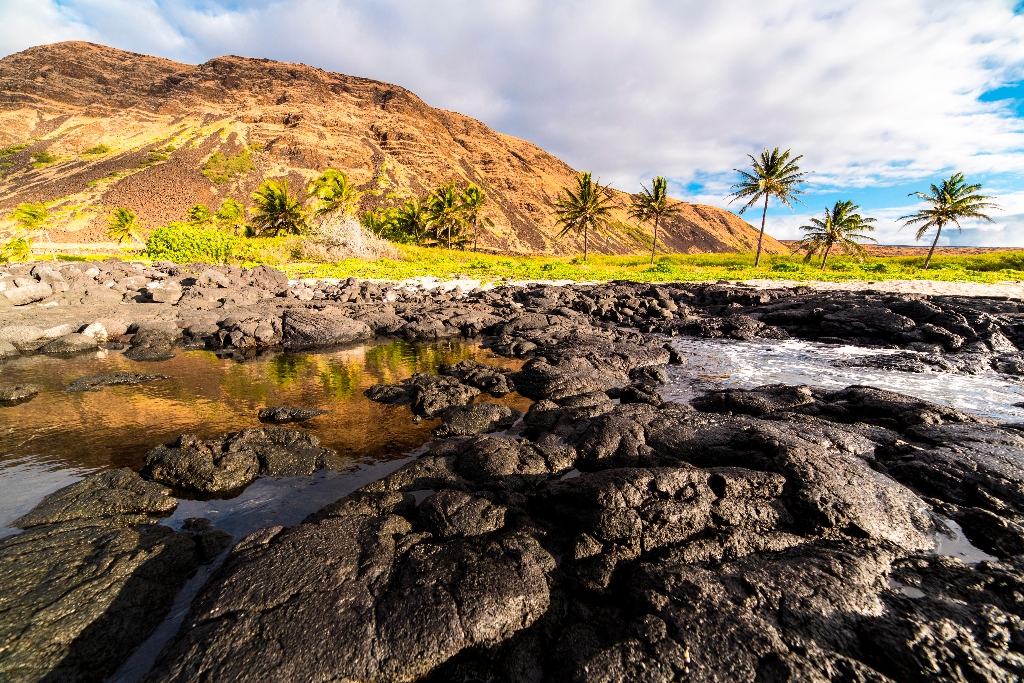
Hawaiʻi Volcanoes
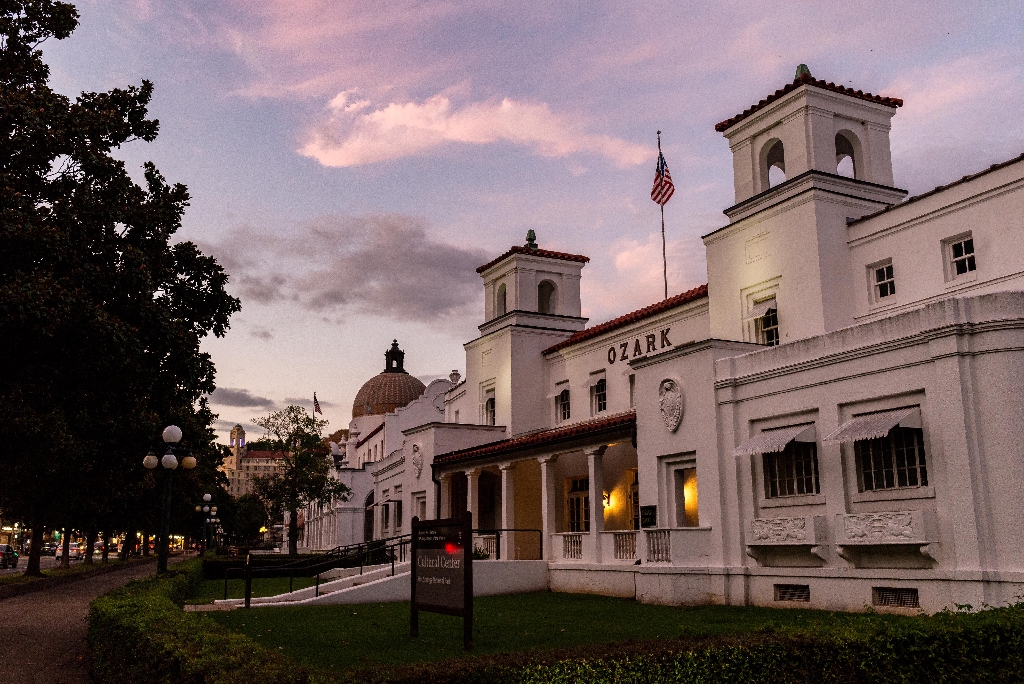
Hot Springs
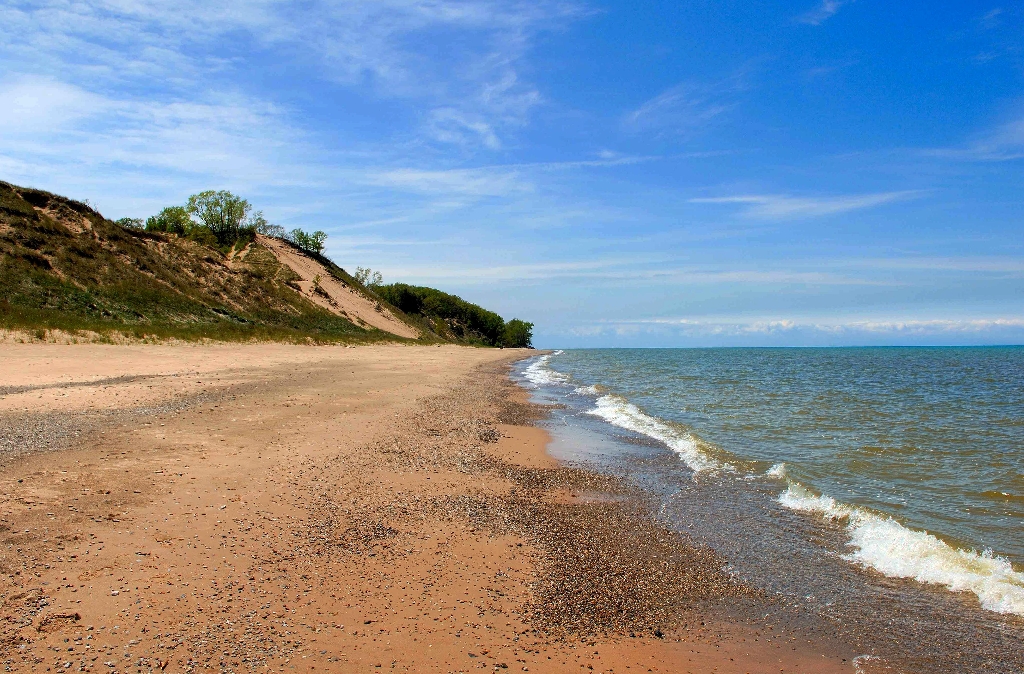
Indiana Dunes
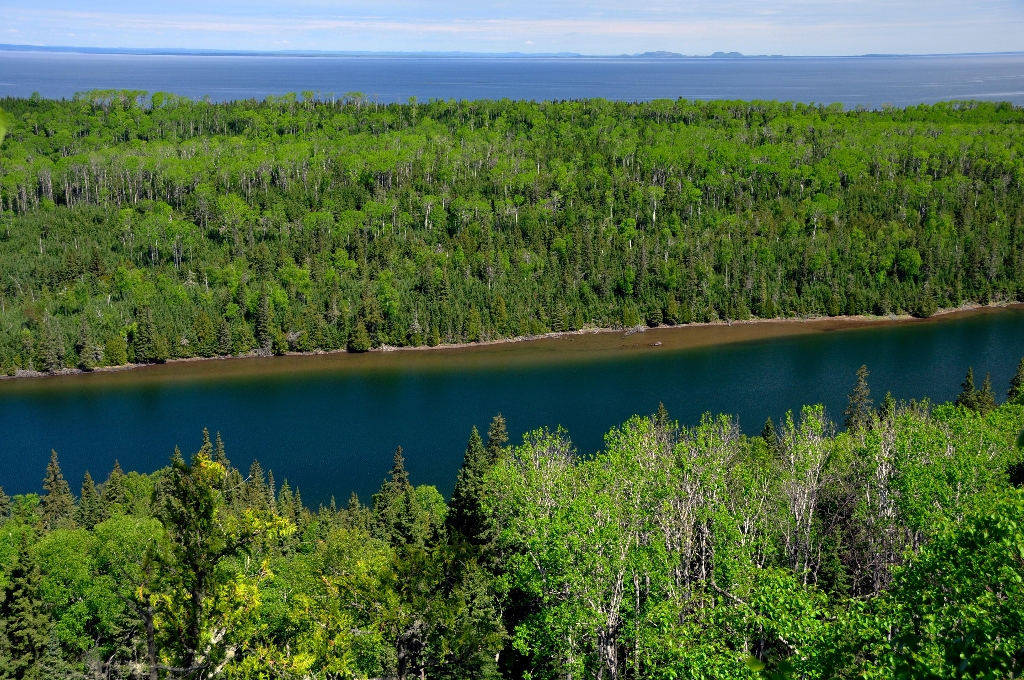
Isle Royale
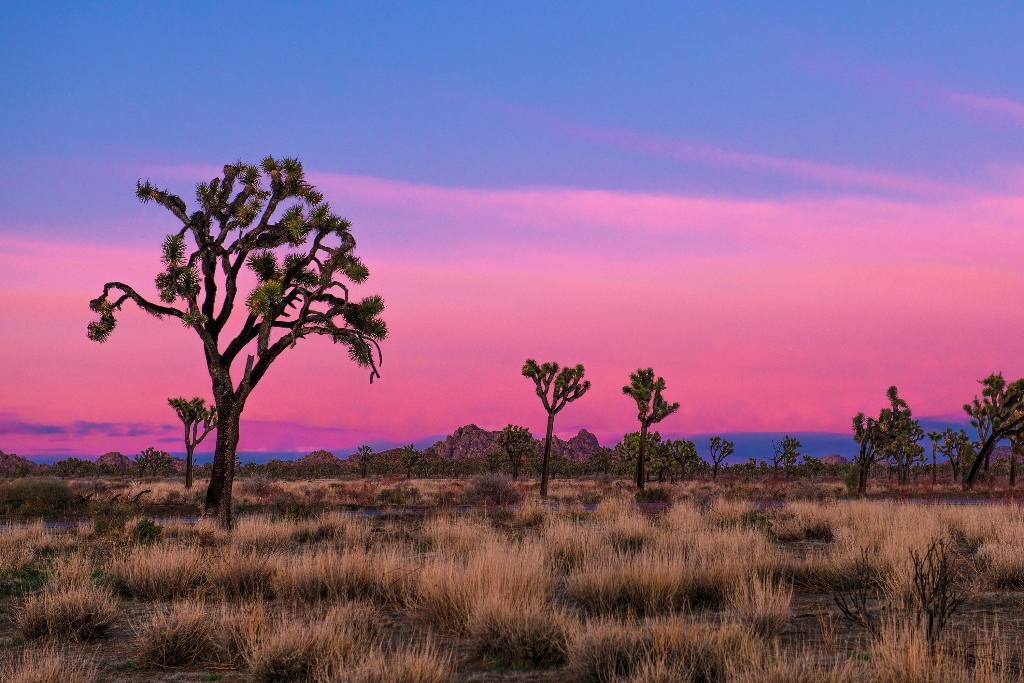
Joshua Tree

Kenai Fjords

Kobuk Valley
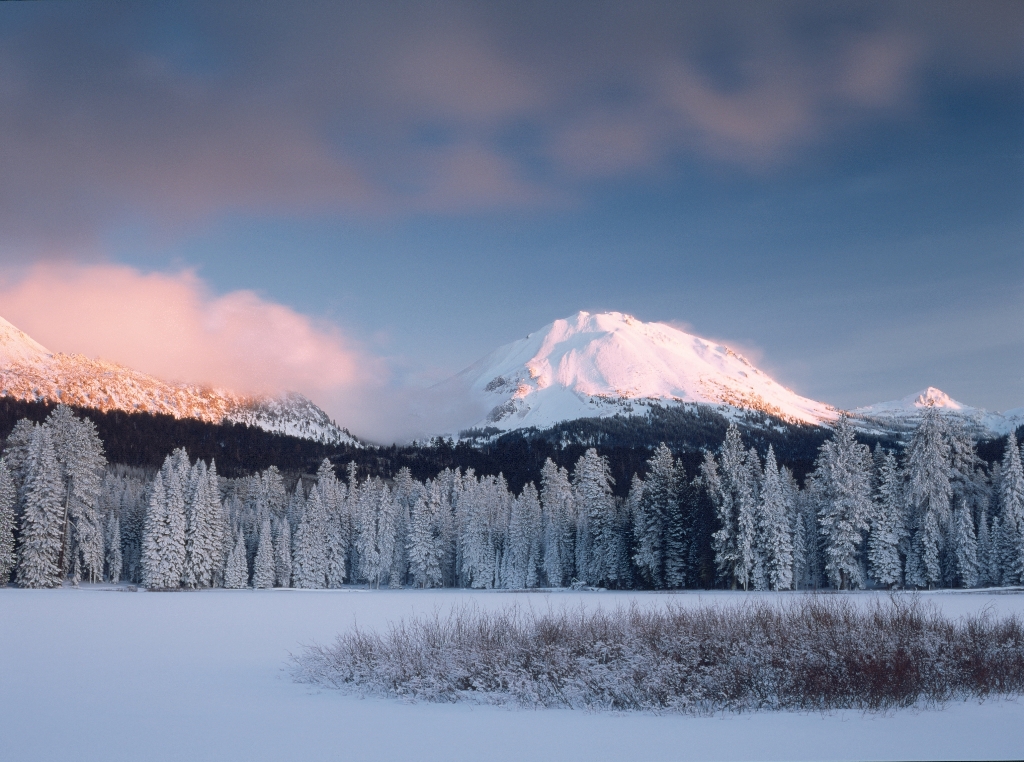
Lassen Volcanic
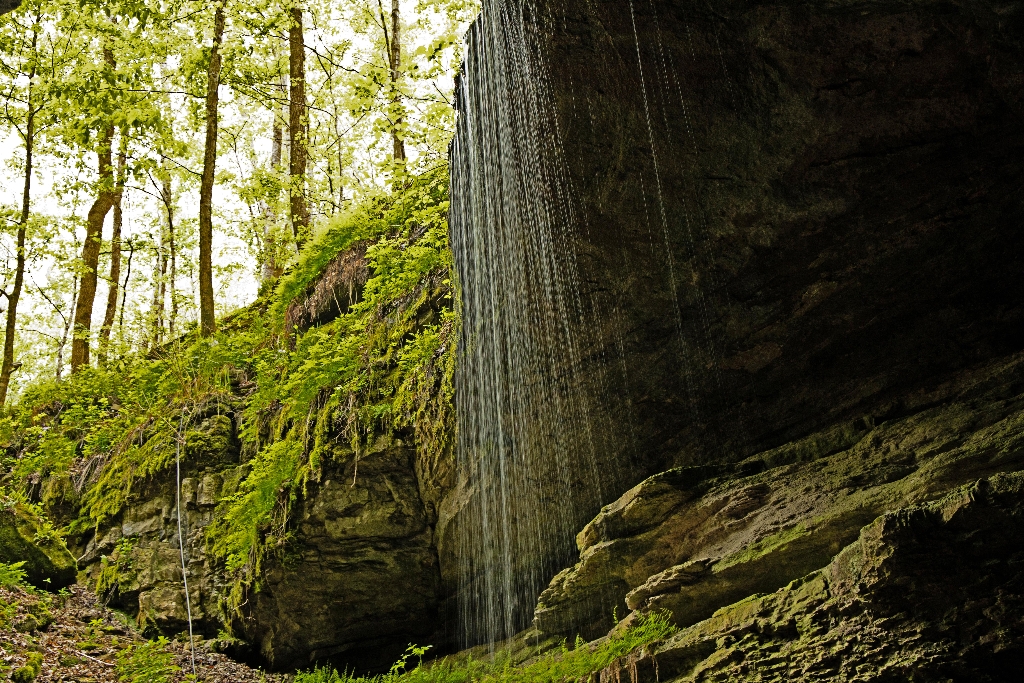
Mammoth Cave
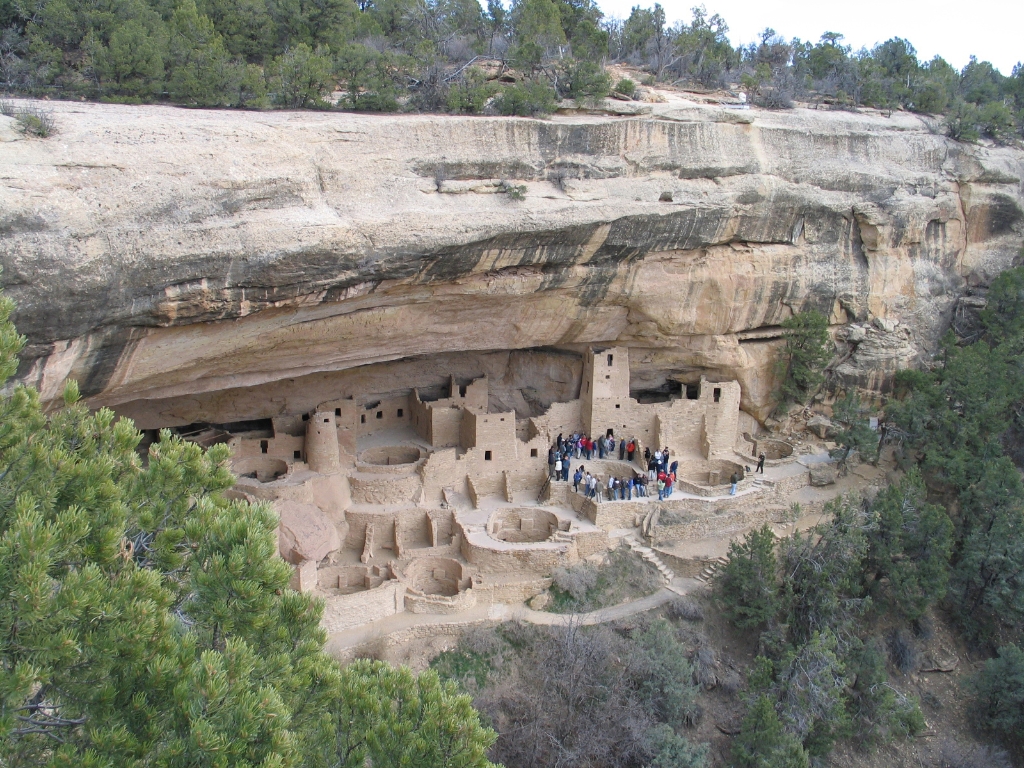
Mesa Verde
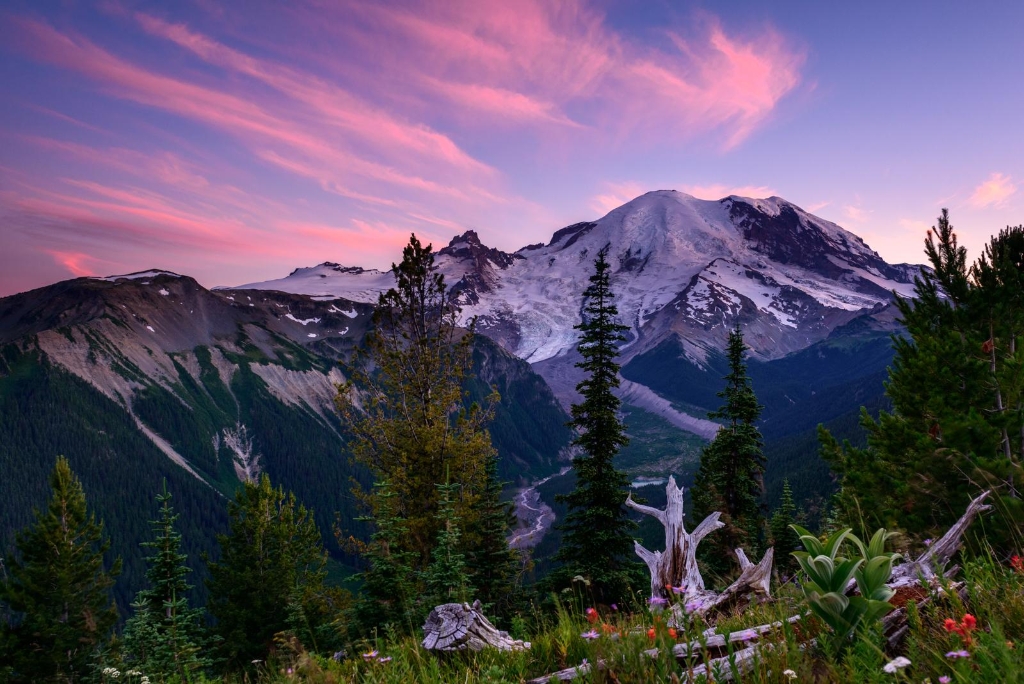
Mount Rainier
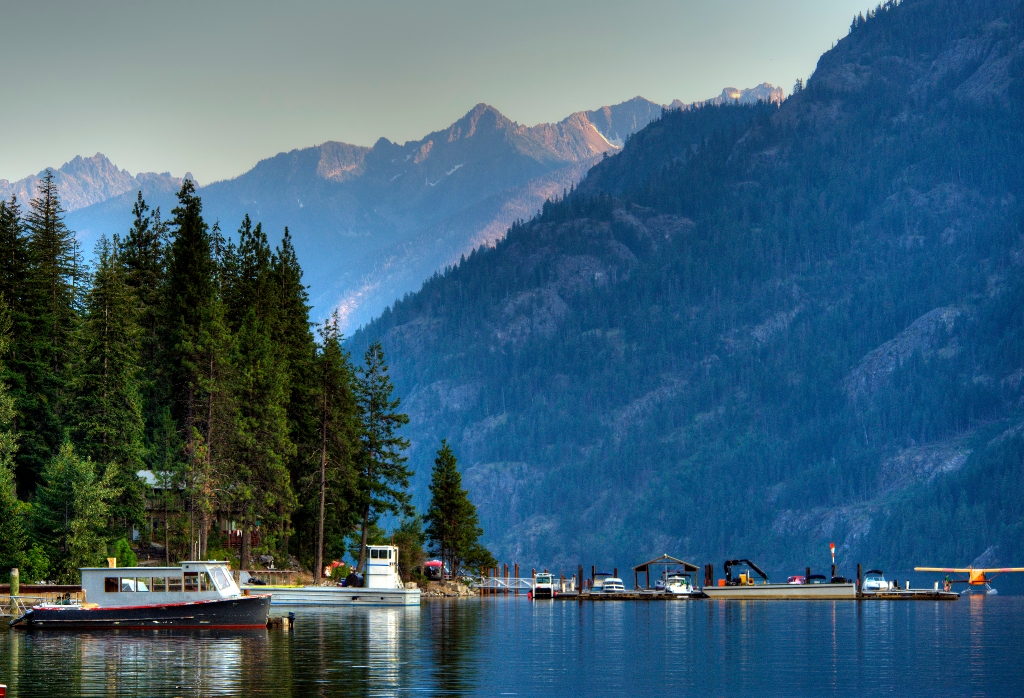
North Cascades

Olympic
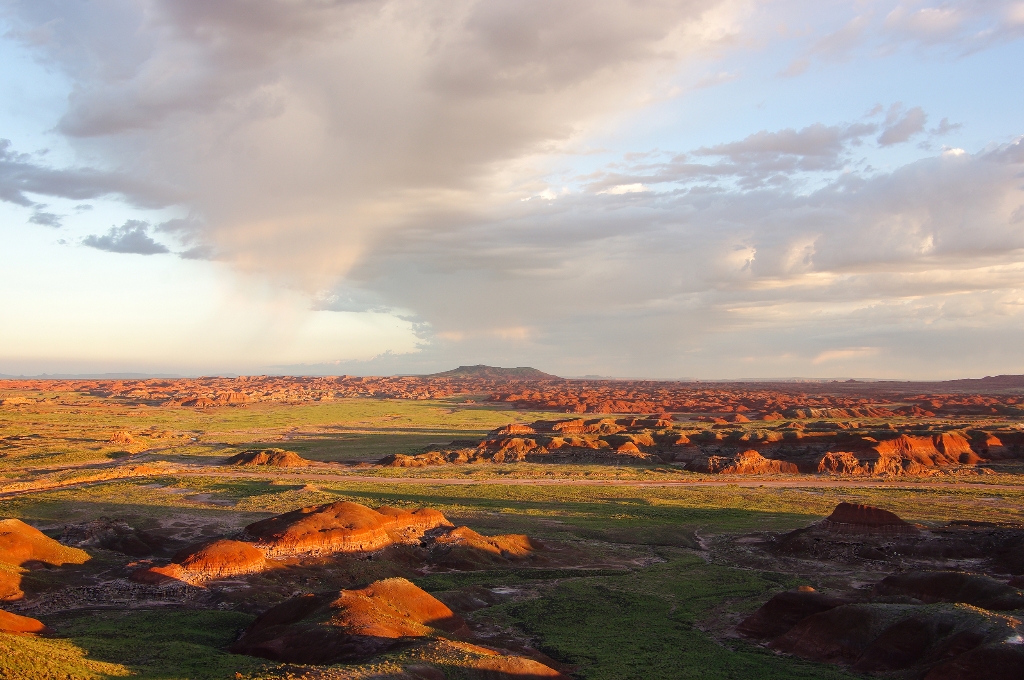
Petrified Forest
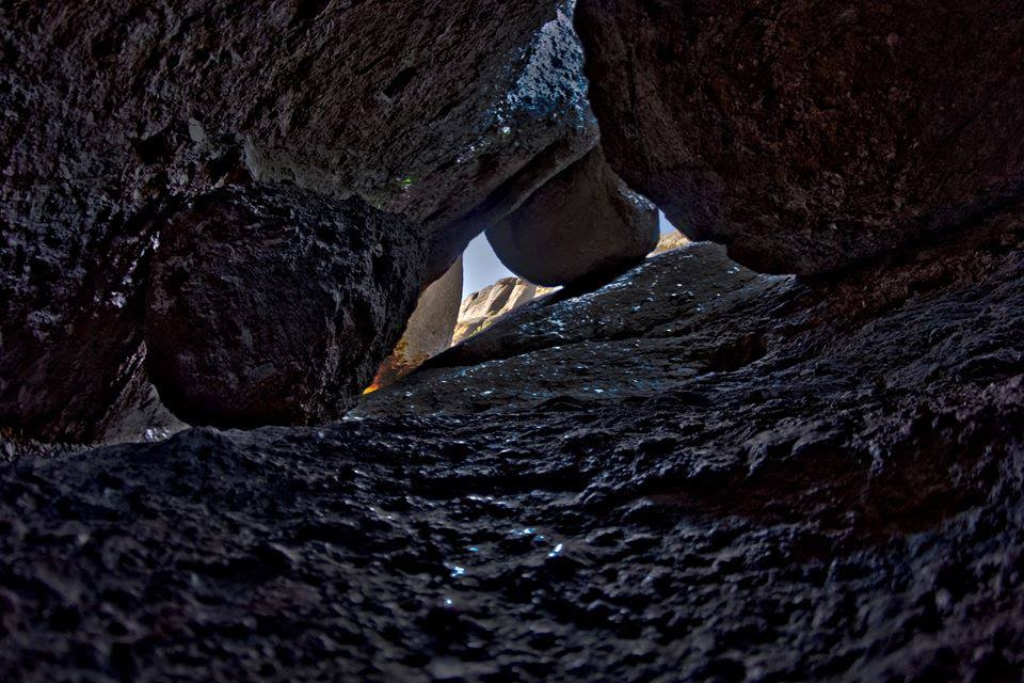
Pinnacles
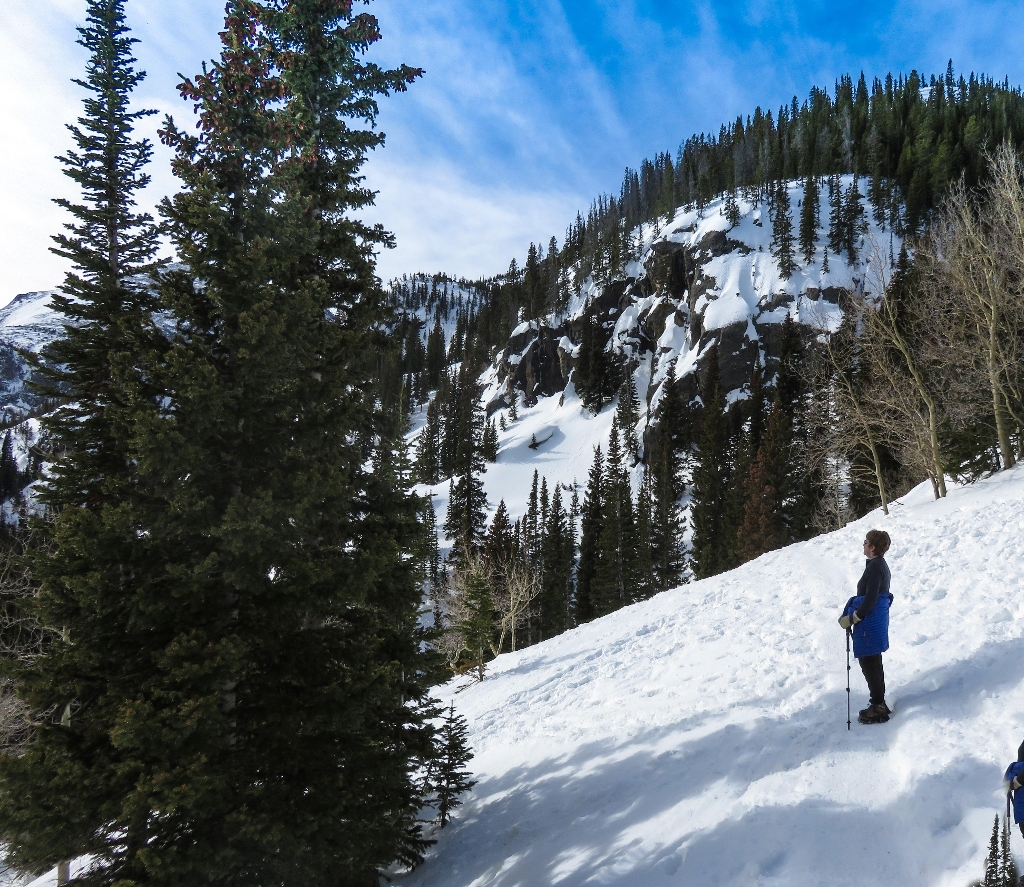
Rocky Mountain
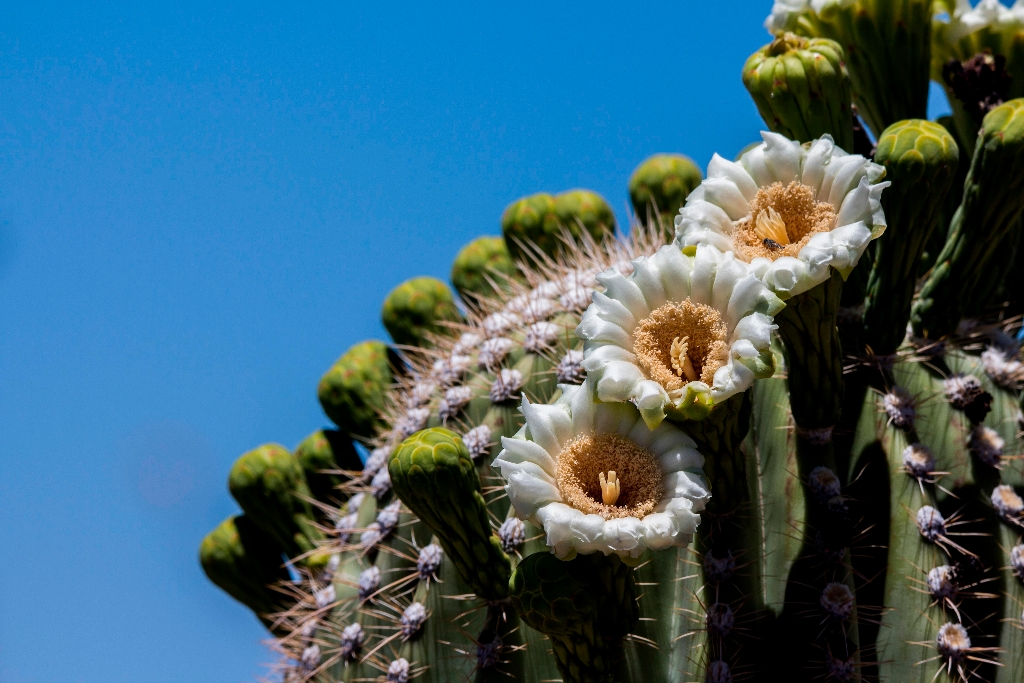
Saguaro
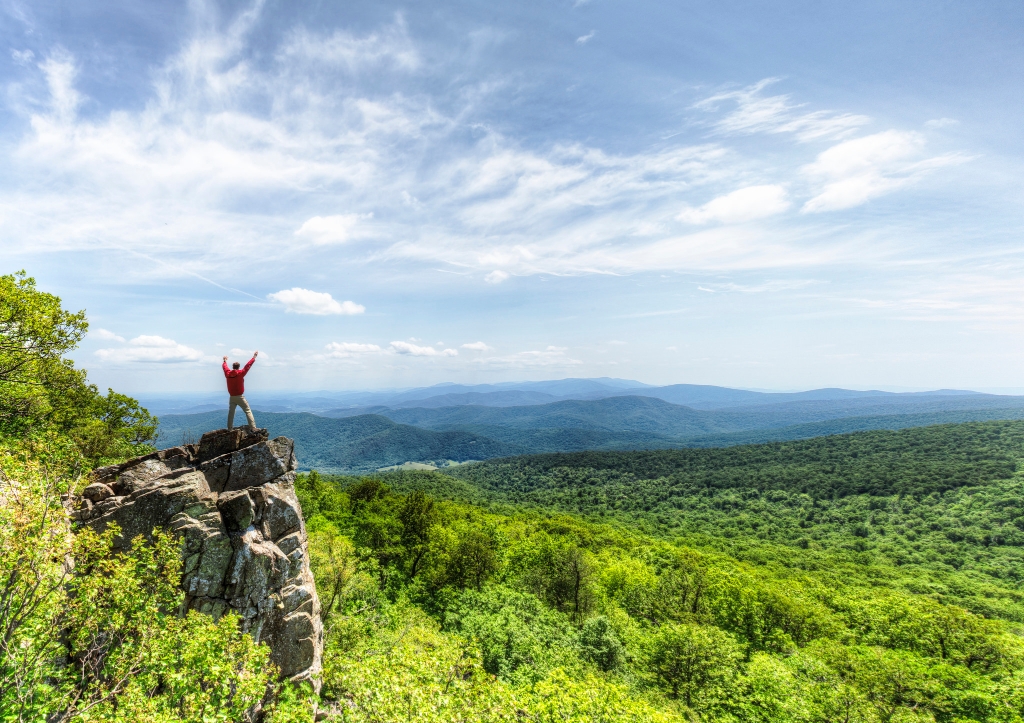
Shenandoah
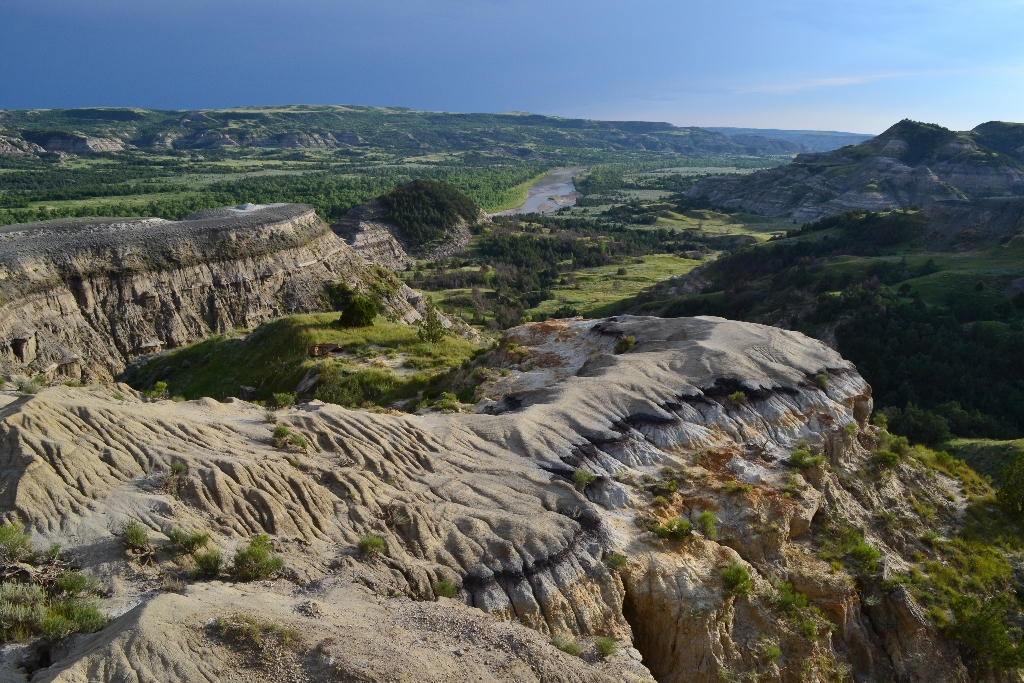
Theodore Roosevelt
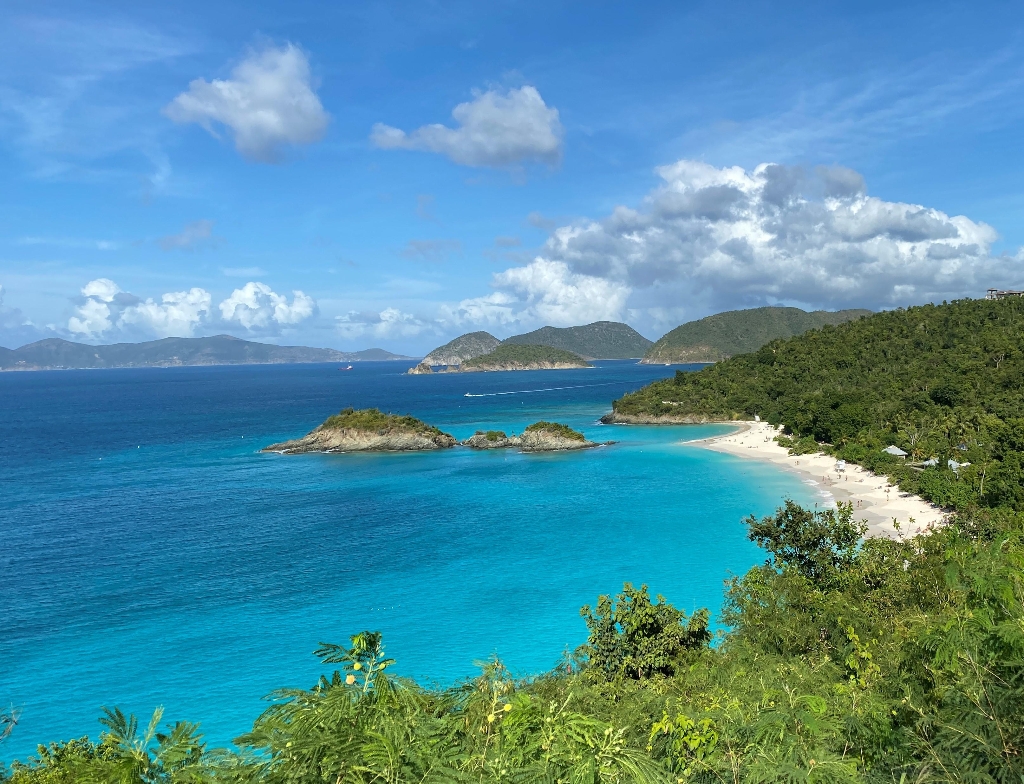
Virgin Islands
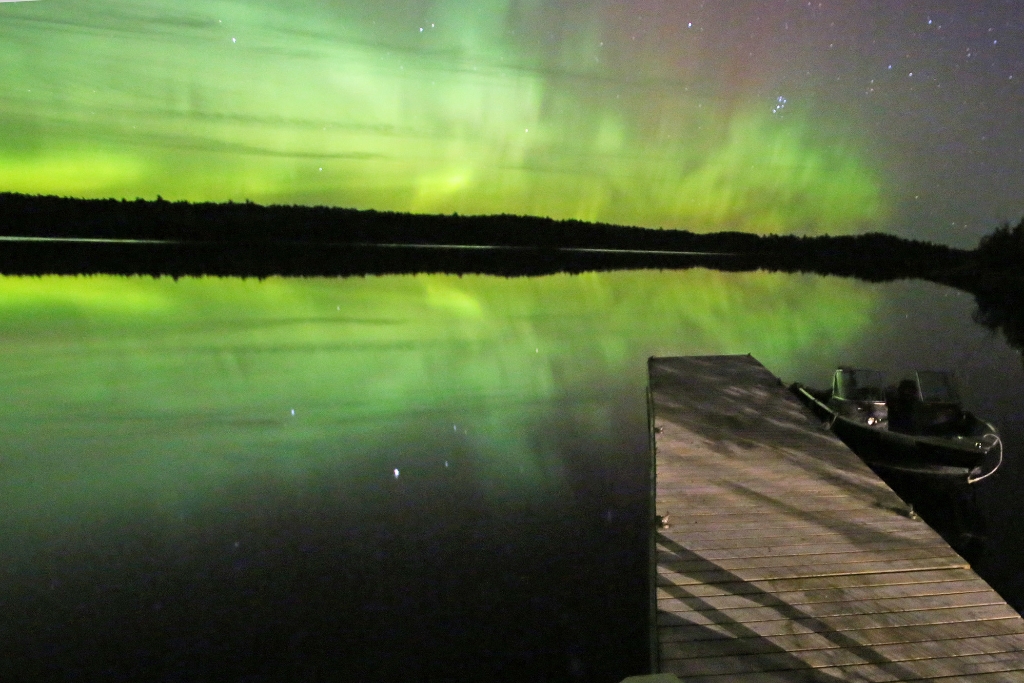
Voyageurs
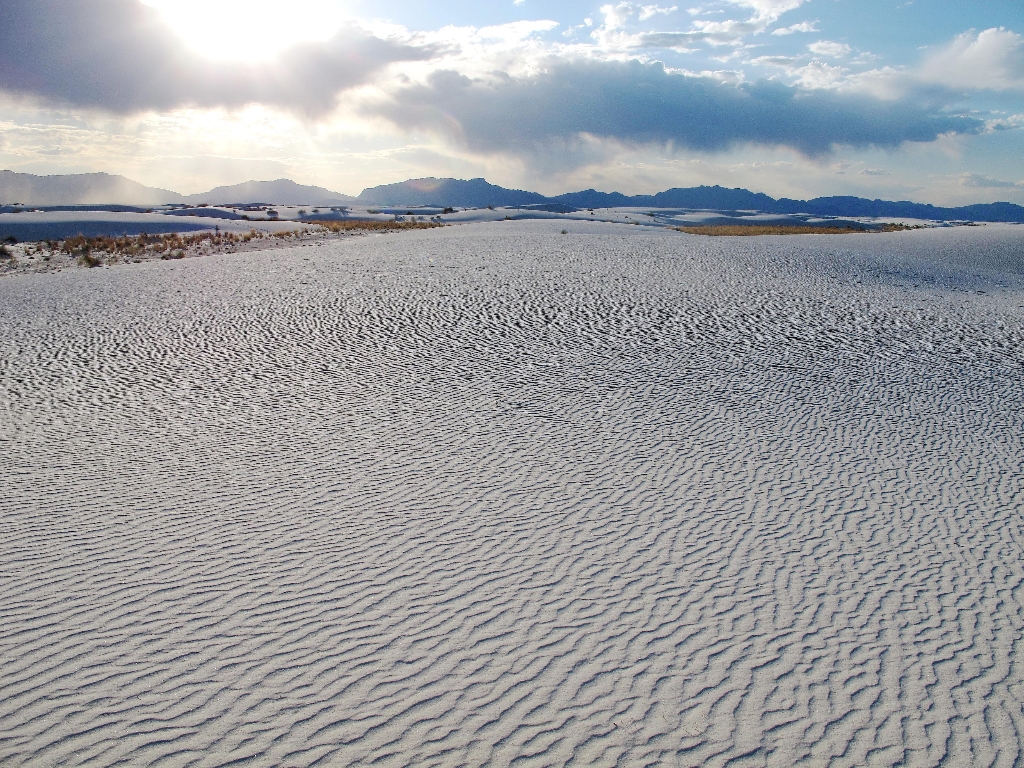
White Sands
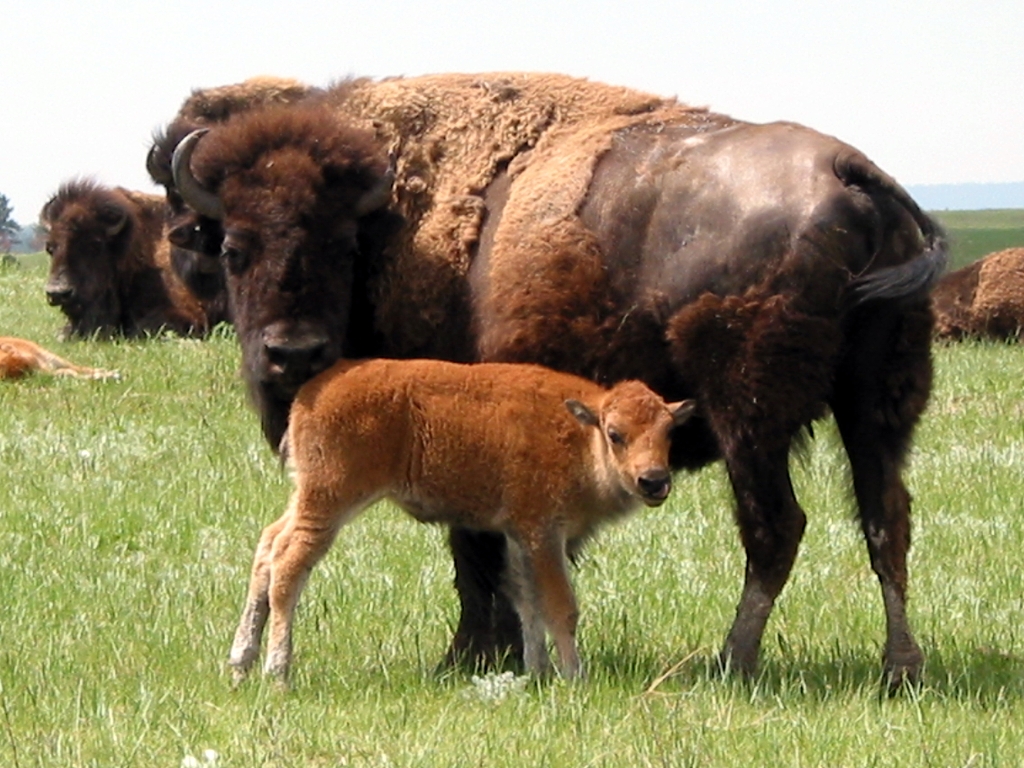
Wind Cave
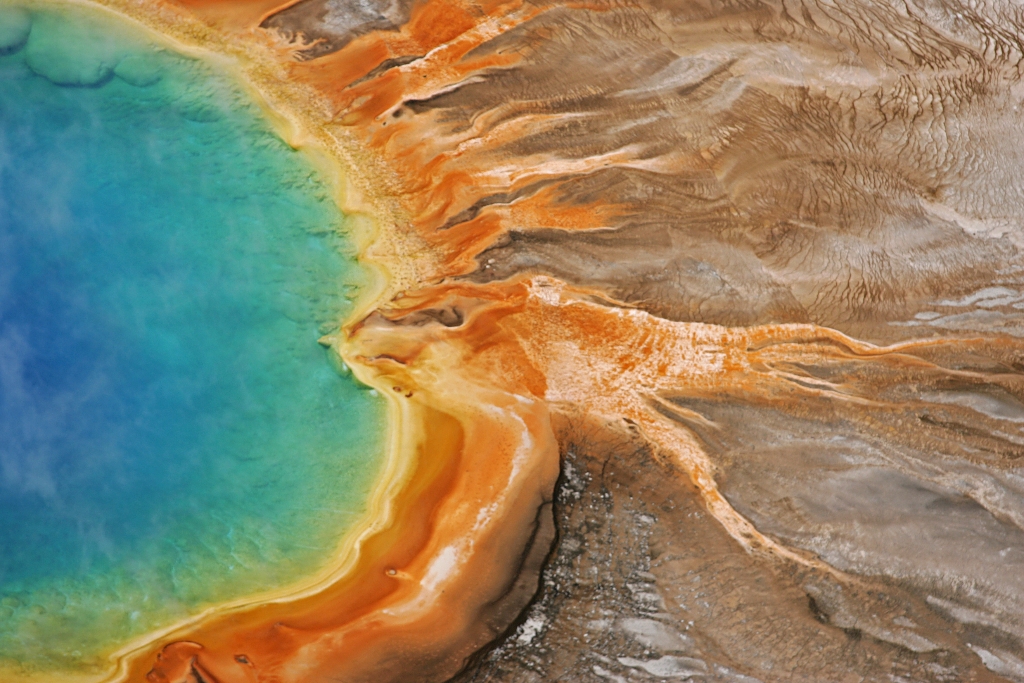
Yellowstone
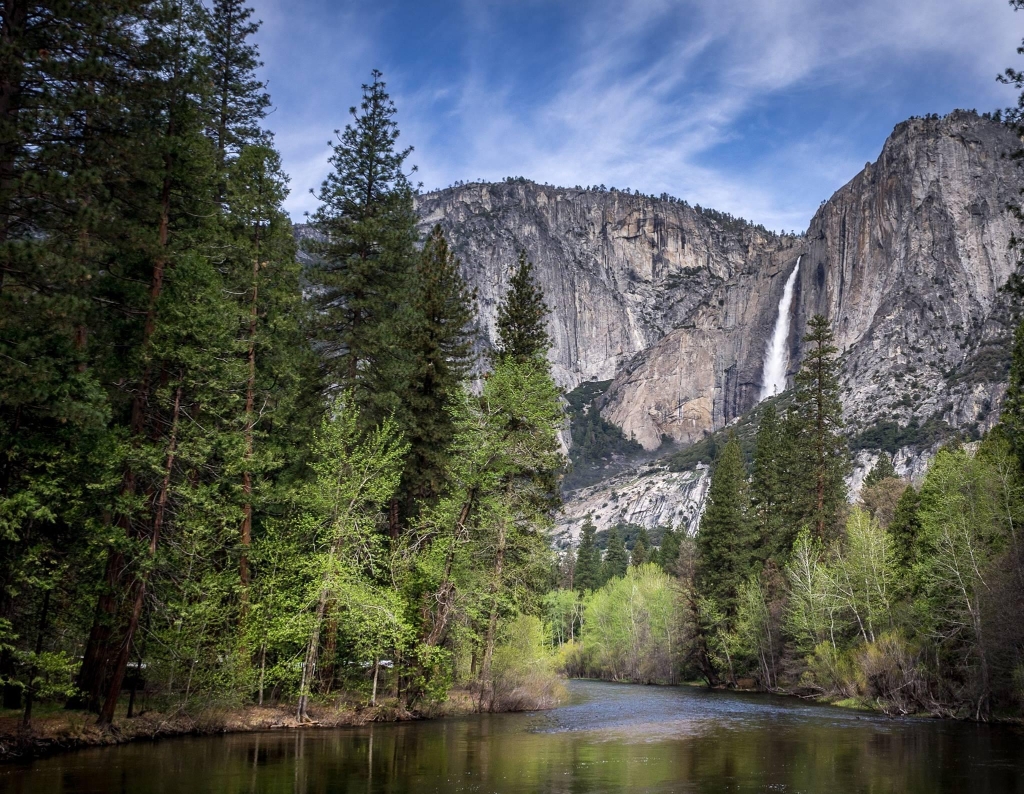
Yosemite

Zion